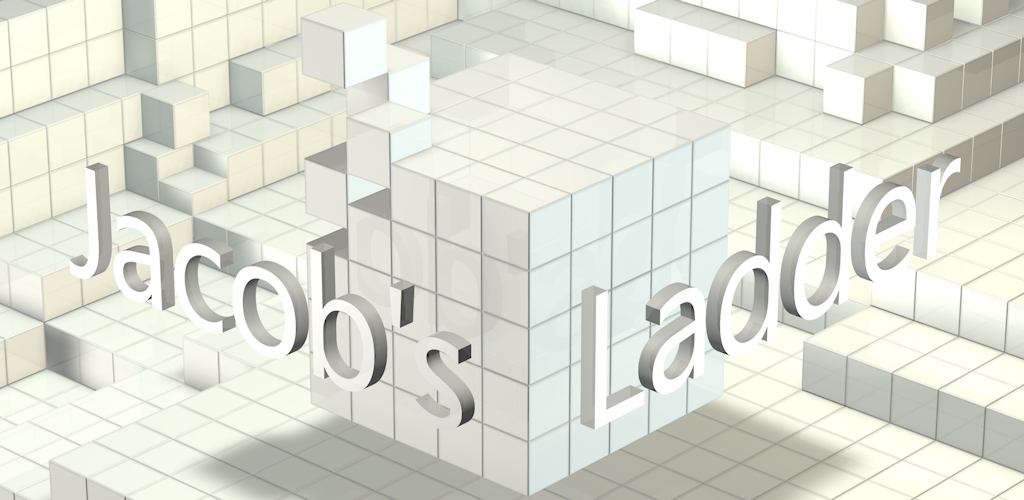For almost three years now I’d been devoted to a private project whose purpose was to use micro-electronics to aid blind people to see in 3D. To that end, I recently contacted the CNIB since, if anyone would be interested in funding such a project, it would be them. They asked me to submit an abstract, and this is what I sent:
Spatial navigation using CCD cameras and mini-solenoids
One of the most crucial functions of vision is the ability to navigate through one’s environment, and its loss constitutes a significant impairment. Much of the resources spent in aid of those with vision loss are directed towards compensating for its loss, for instance, the use of white canes or guide dogs. The solution I propose, employing the use of CCD cameras, would significantly reduce these costs, increase navigational efficiency, and overcome many of the shortcomings of contemporary solutions.
Two small cameras placed inside the frame of a pair of glasses, each mounted with a fish-eye lens, would capture images of the surrounding environment. Using an algorithm that compares hue and tone, we form a three-dimensional ‘protrusion’ image of the objects immediately in front of the user, as in the diagram above. This protrusion map would represent the distances to these objects. The information would then be conveyed to a 2D array of miniature actuators placed on the user’s back. The points closer to the client in his visual field are denoted by a stronger pressure.
Individuals using these glasses will quickly adapt to use the tactile information in navigating their environment. Human perception is plastic enough to ultimately integrate this information into day-to-day navigation, around obstacles, and in both open and enclosed spaces.
Edit: so, as it turns out, a company called Tyflos has been working on something similar. Their prototype is not yet complete, but to be honest, I have no chance of competing with their million dollar budget. It’s a shame really, since I spent a lot of time working on the software to turn binocular vision into 3D. (Updated link).

